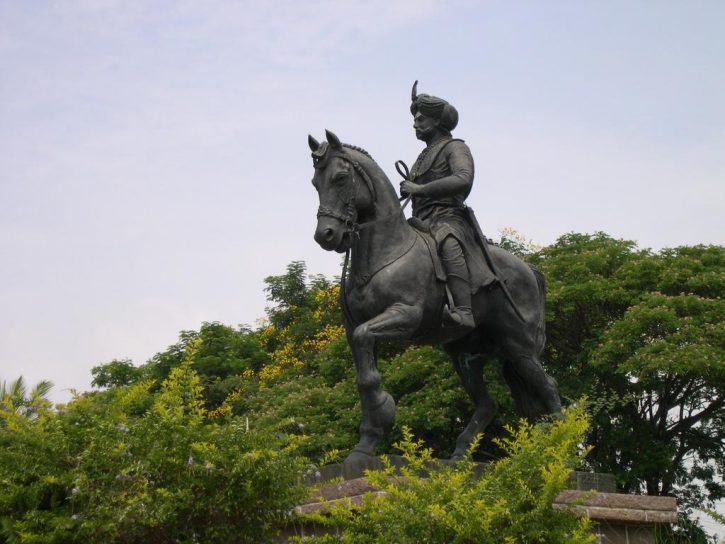Shivappa Nayaka
Shivappa Nayaka History
Shivappa Nayaka, the famous ruler in South India during the 17th century AD, was known as Keladi Shivappa Nayaka, who ruled the Keladi Nayaka Kingdom from 1645 to 1660 AD. Generally, the Keladi Nayakas belonged to Veerashaiva Lingayath Community, which is now agitating for special religious status in Karnataka State, India. The Community fought against the Vijayanagara Empire and occupied Karnataka’s Coastal and Malnad districts in the late 16th century. In the beginning, the Lingayaths were the Nayakas to various kings but later succeeded in building their Kingdom with few territories, such as Mysore and Bayaluseeme districts. Among them, Shivappa Nayaka was one, hence introducing many tax systems, which were called Sist. So his name got famous as Sistina Shivappa Nayaka.

Shivappa Nayaka Conquests
The King was crowned in 1645 AD and was named an influential administrator and soldier. During his rule, Vijayanagara Empire was defeated by Bijapur Sultanate, and then the empire Shriranga Raya II came to Shivappa as a refuge to save his family’s lives. In those days, the British and Portuguese planned to slowly evolute their commanding power over local leaders. Especially in South India, the Portuguese infiltrated local administrations. Then Shivappa Nayaka eliminated their treat in 1653 and occupied Mangalore, Kundapura, and Honnavar. Even he marched to Kerala to expand the boundaries of the Kingdom and installed the Pillar of Victory at Nileshvara. Although, he concentrated on the protection of his territories. So the King built the forts of Chandragiri, Bekal, and Mangalore.
As a daring warrior, he fought against the Bijapur Sultanate and captured the modern Dharwad District. Even he invaded Srirangapatnam and succeeded in forming power in South Karnataka. He captured all Portuguese Coastal territories and was the cause of to destruction of the Portuguese influence in Karnataka and Kerala regions.
Administrator
Shivappa Nayaka introduced a new revenue tax system called Sist, which was similar to the Mughal Emperor Akbar’s introduced tax system. According to the tax system, agricultural lands are divided into five types and provide a water irrigation system. This system was very familiar to every farmer; the irrigation was taxed in varying amounts based on the group of the division.
He followed the Hindu Vedic rituals and preferred the Hindu Advaita theory, which Adi Shankara Charya founded. He gave preference to Vedic sacrifices and orthodox traditions. Even though he gave equal priority to other religions, such as Islam and Christianity, he gave the Christians cultivated land to lead their lives.